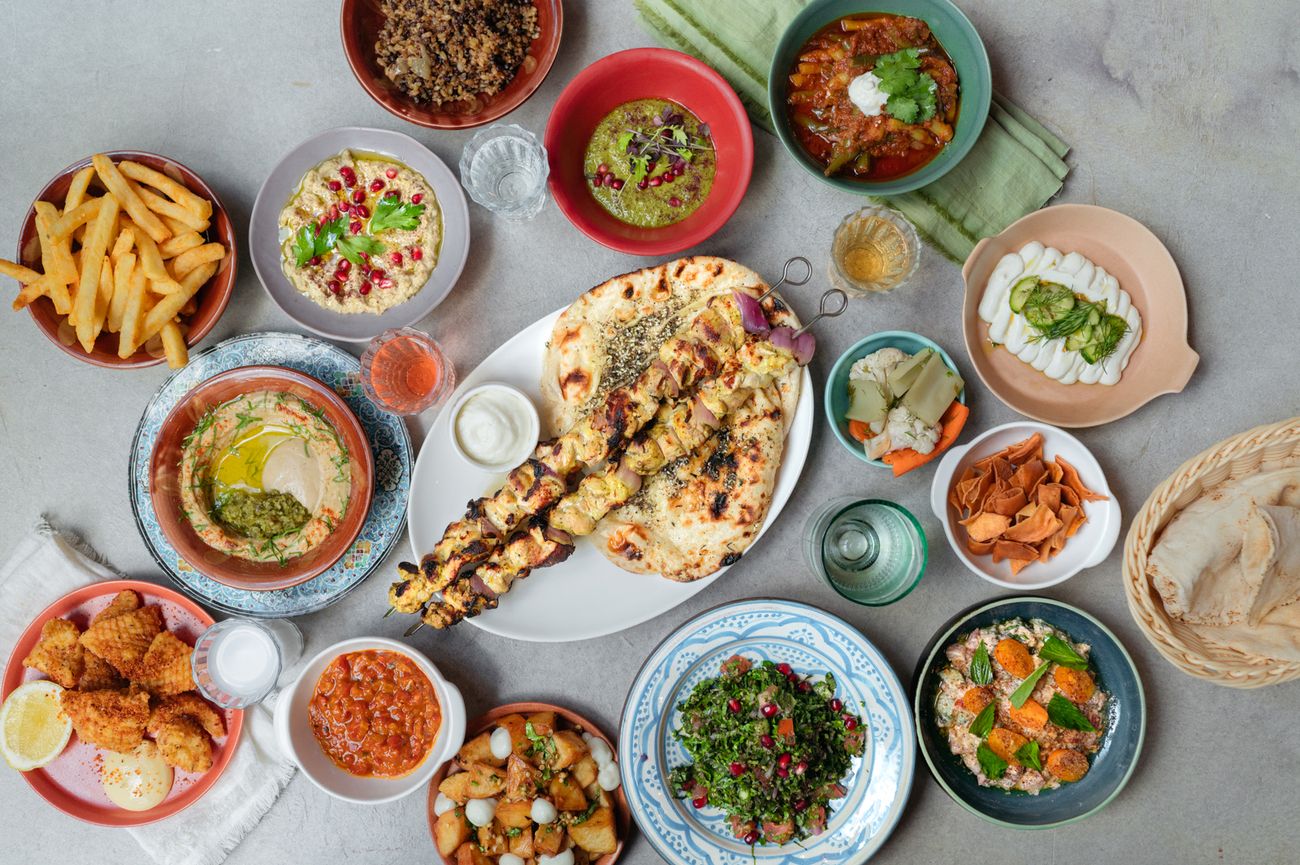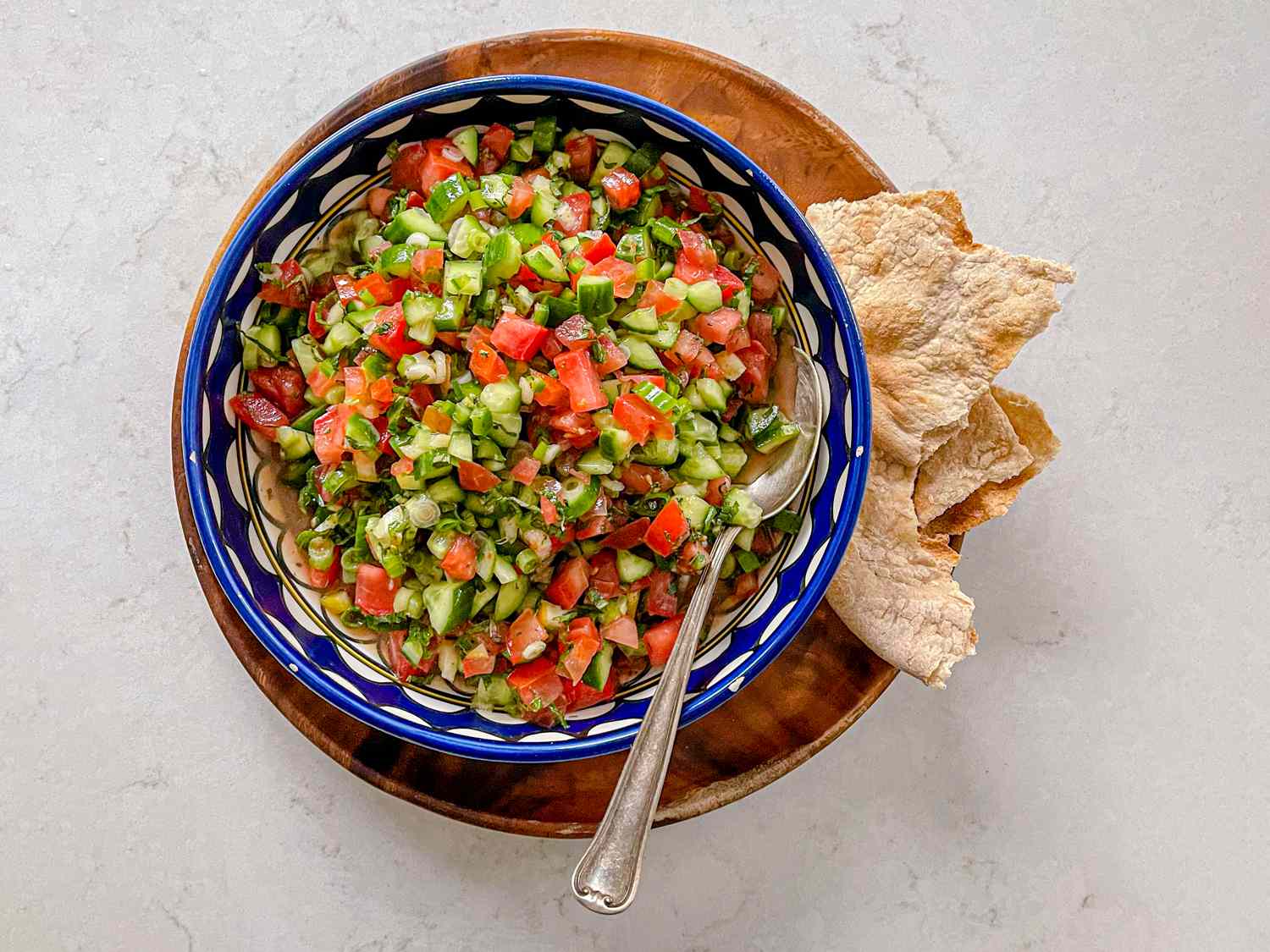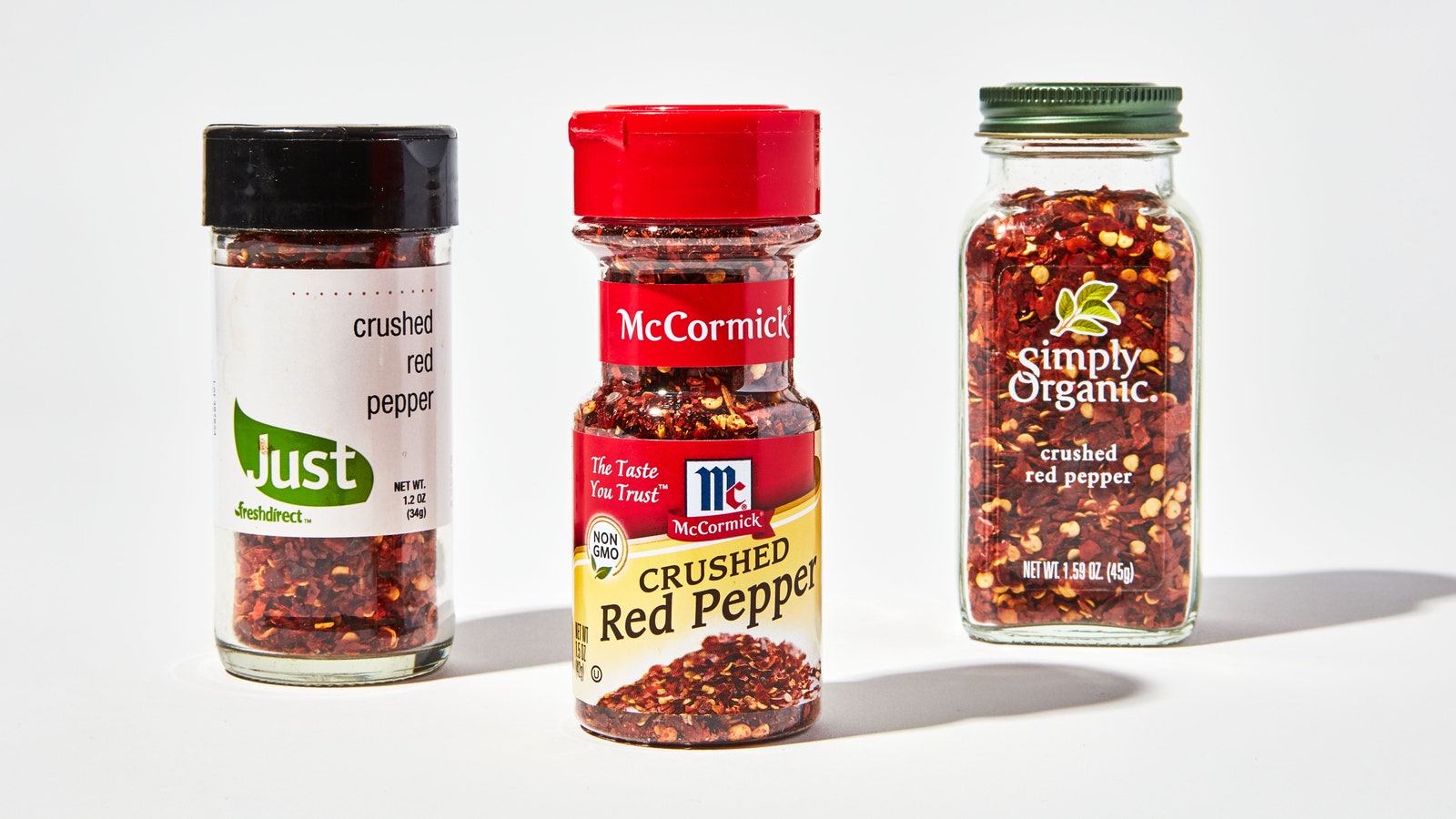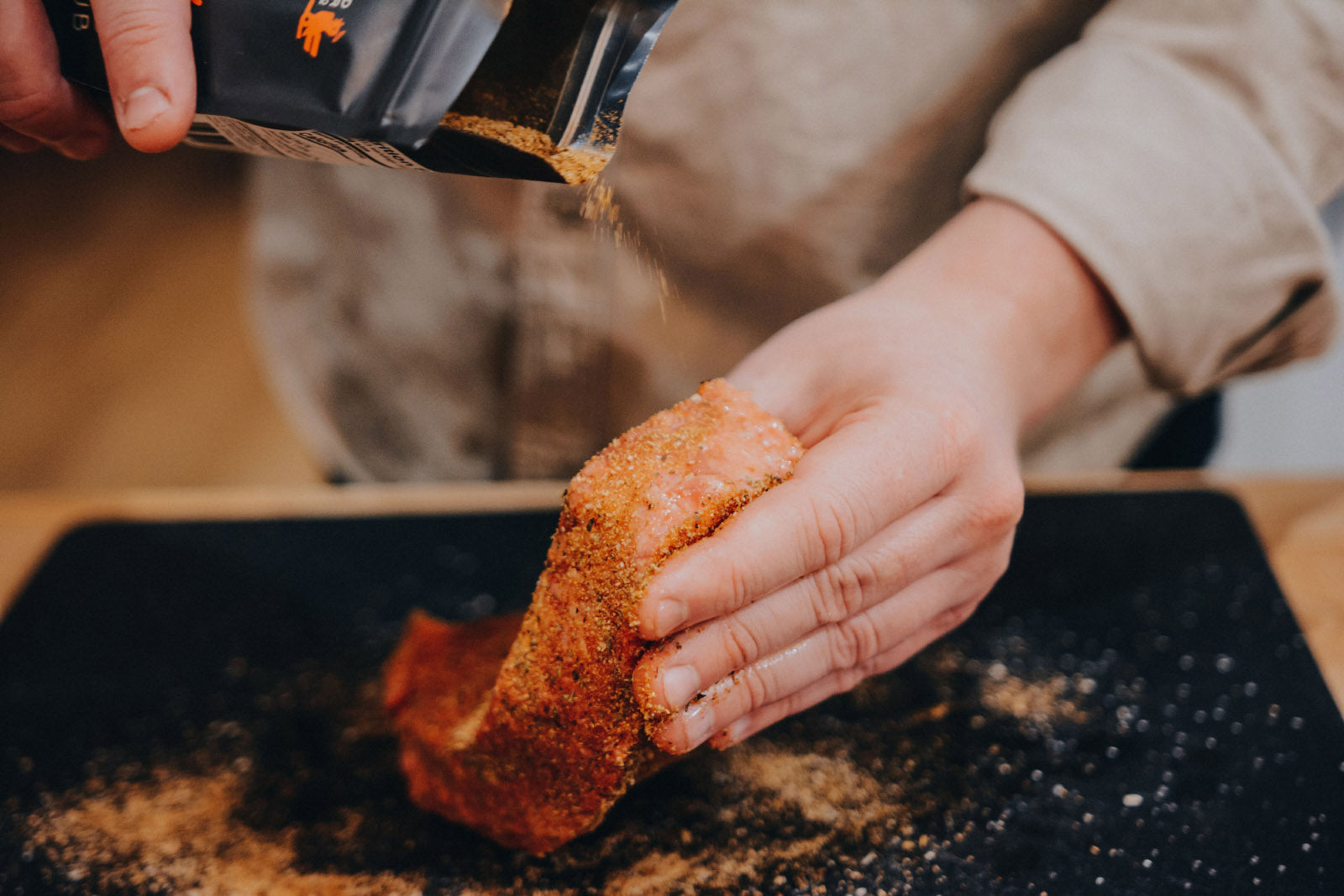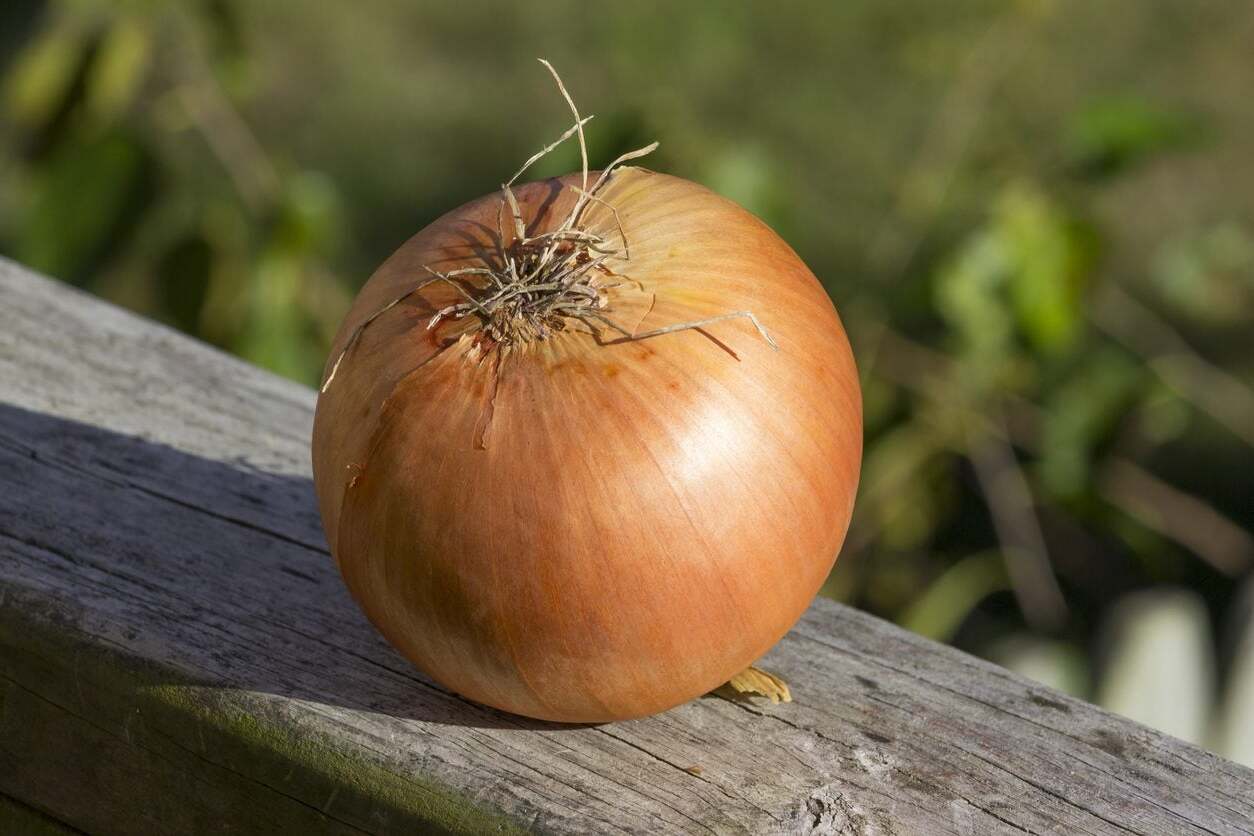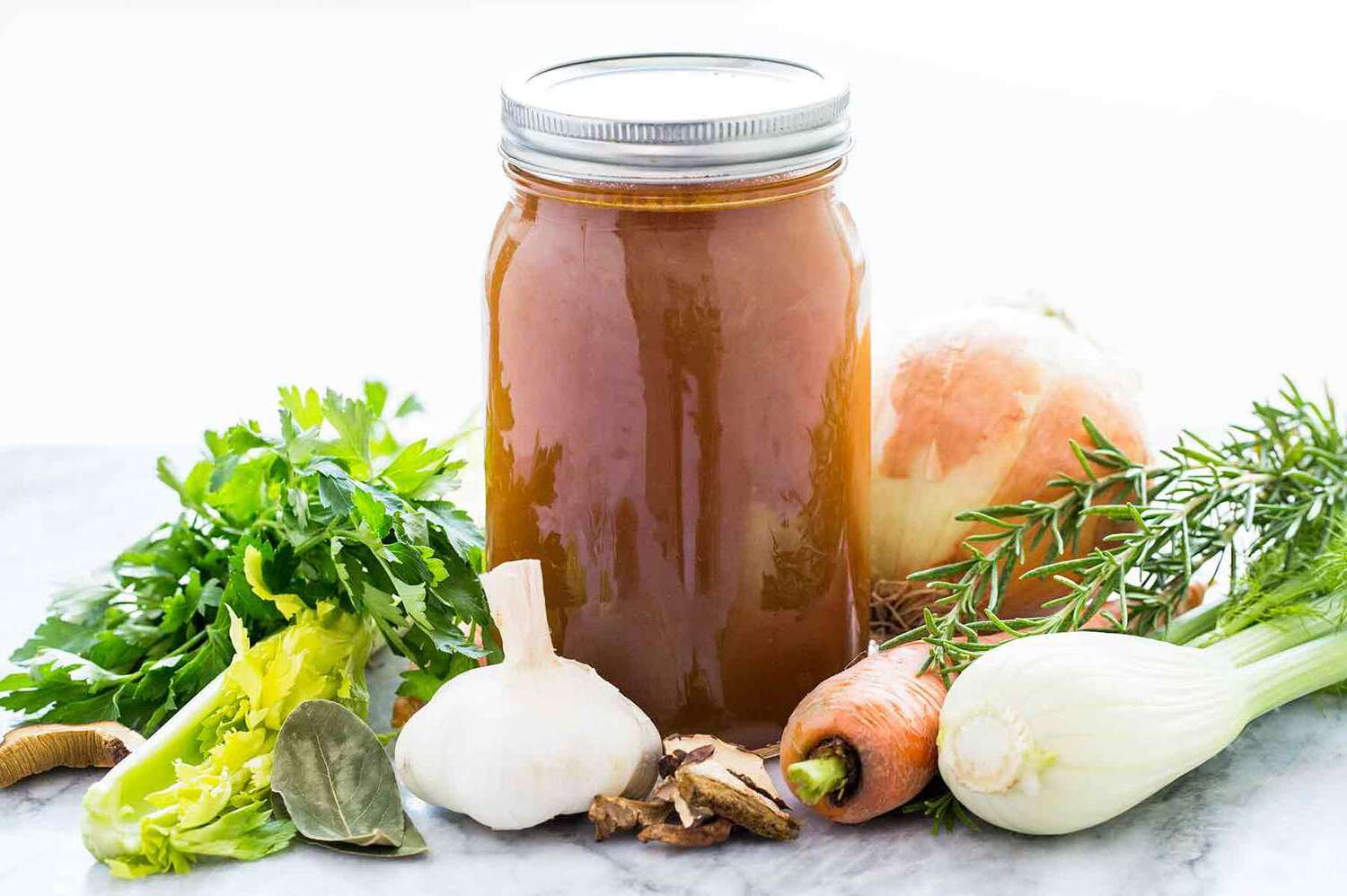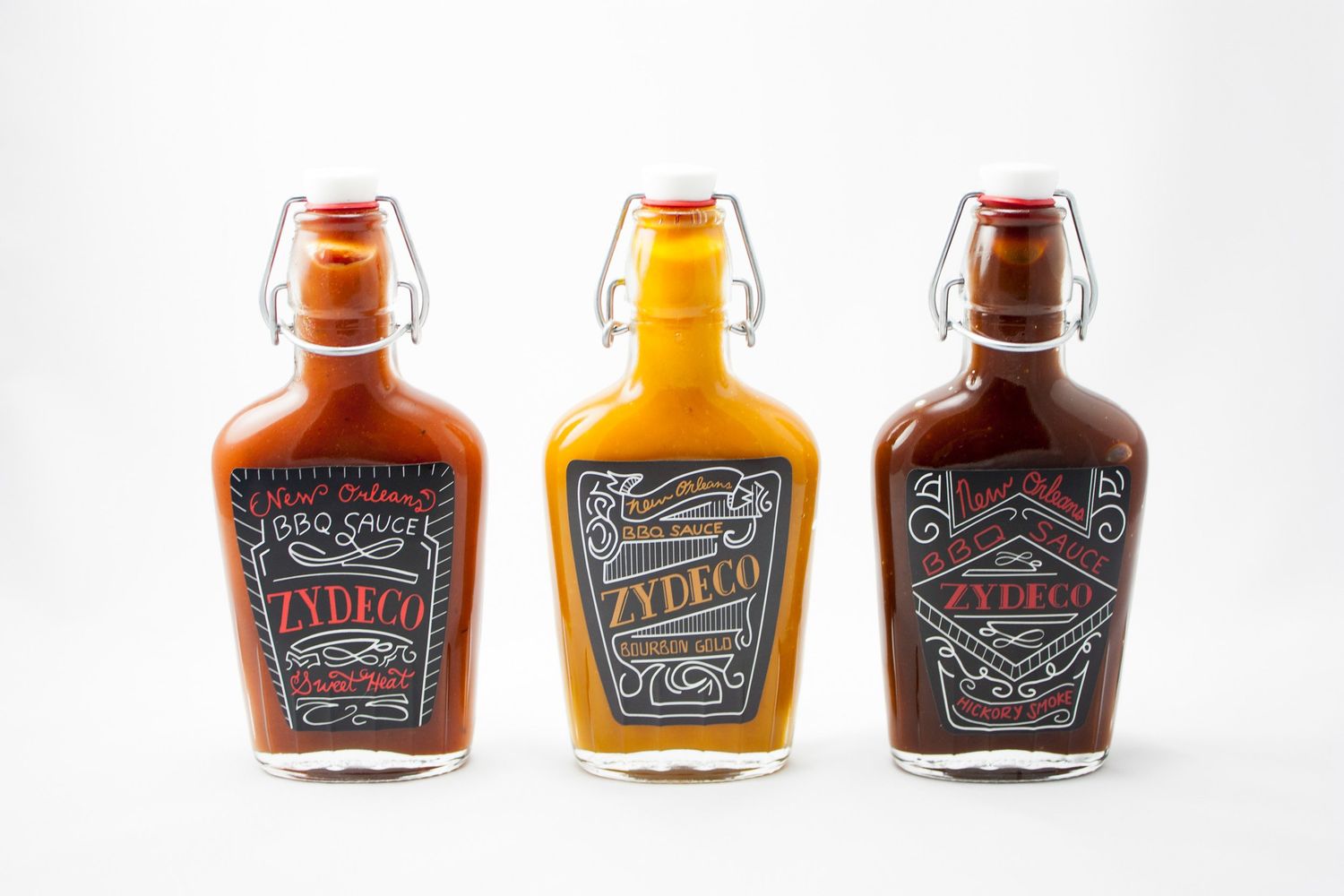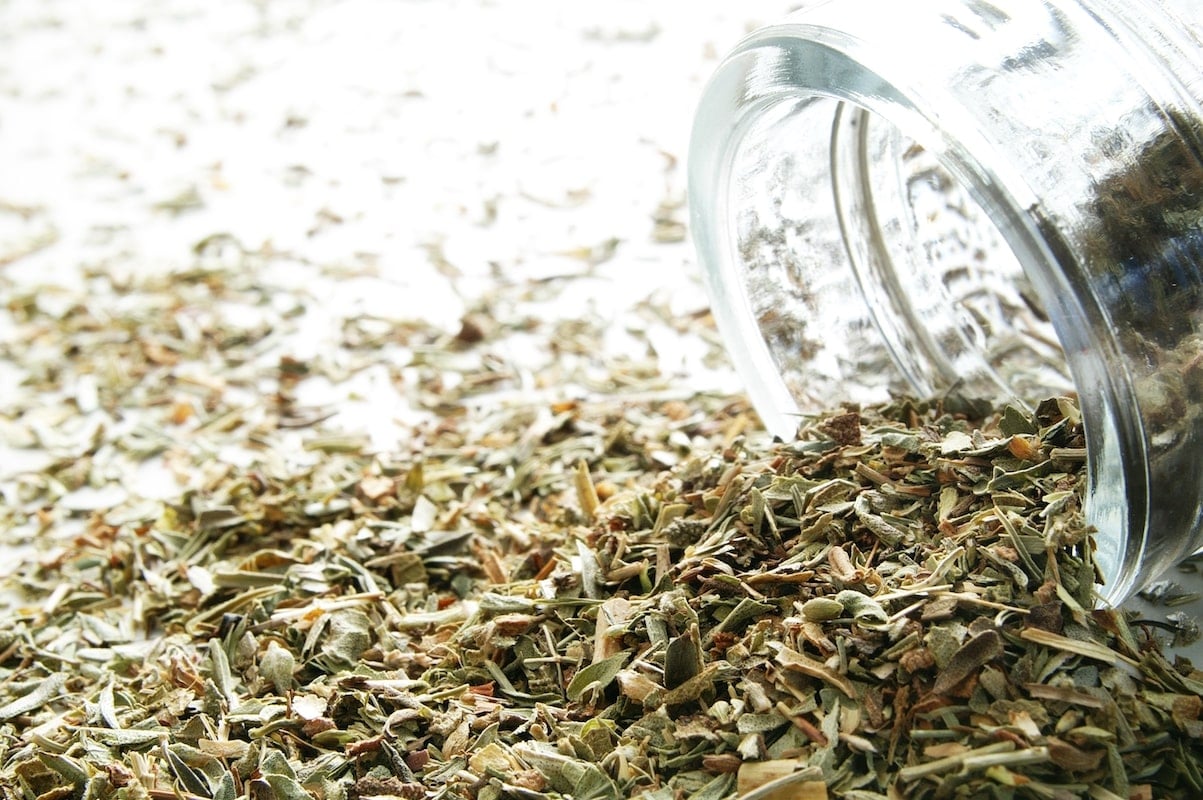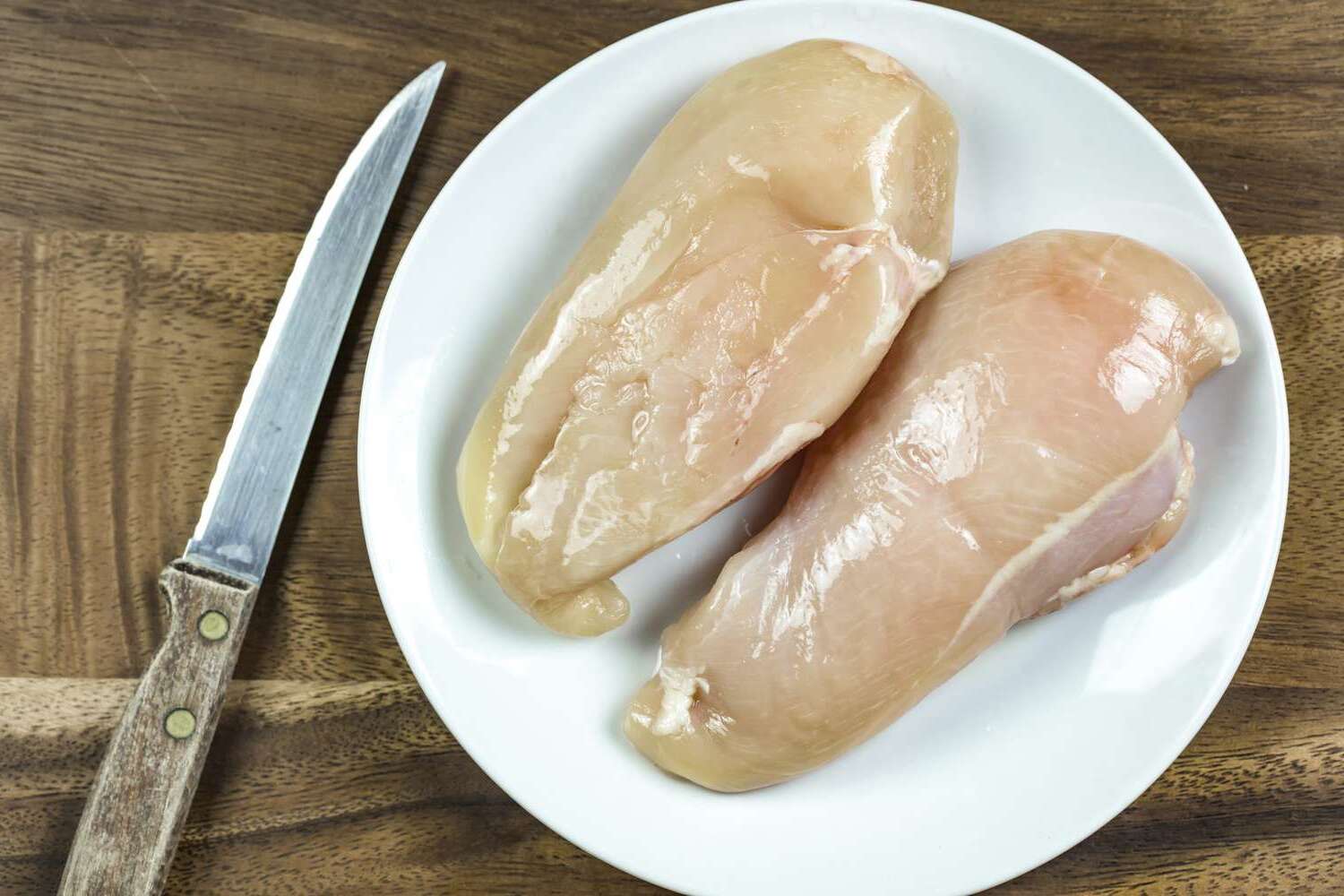How to Cook Corned Beef to Perfection
Corned beef is a classic dish that is perfect for a hearty meal. Whether you’re cooking it for St. Patrick’s Day or simply craving a comforting meal, there are several ways to prepare this flavorful meat. Here are some of the best methods for cooking corned beef:
1. Boiling
Boiling is a traditional method for cooking corned beef. To do this, place the corned beef in a large pot and cover it with water. Add the seasoning packet that comes with the corned beef, along with some additional spices like bay leaves, peppercorns, and cloves for extra flavor. Bring the water to a boil, then reduce the heat and let the meat simmer for several hours until it is tender.
2. Slow Cooking
Using a slow cooker is another popular way to cook corned beef. Simply place the meat in the slow cooker, add the seasoning and spices, and cover it with water. Cook on low for 8-10 hours or on high for 4-6 hours until the meat is tender and easily shreds with a fork.
3. Oven Roasting
Oven roasting is a great option for achieving a crispy exterior on your corned beef. Preheat the oven to 325°F (165°C). Place the corned beef in a roasting pan with the fat side up, add the seasoning and spices, and cover it with foil. Roast for about 3 hours, then remove the foil and continue roasting for another hour until the meat is browned and tender.
4. Pressure Cooking
If you’re short on time, pressure cooking is a fantastic way to cook corned beef quickly. Place the corned beef in the pressure cooker with the seasoning and spices, along with some water or broth. Cook on high pressure for about 90 minutes, then allow the pressure to release naturally. The result will be tender and flavorful corned beef in a fraction of the time.
Regardless of the cooking method you choose, it’s important to let the corned beef rest for at least 10-15 minutes before slicing it against the grain. This will help the meat retain its juices and ensure a tender texture.
Whether you prefer the traditional boiled corned beef or want to try a new approach with slow cooking, oven roasting, or pressure cooking, there are plenty of ways to achieve delicious results. Experiment with different methods to find the best way to cook corned beef that suits your taste and schedule.
So, the next time you’re craving a comforting and flavorful meal, consider cooking up a delicious corned beef using one of these tried-and-true methods. Your taste buds will thank you!
